Solution for Radiologist's Workflows
The Radiology Workspace Solution (RWS) is software that empowers radiologists to achieve their goals of high-quality patient care while also delivering advanced efficiency tools.
Radiology workflows are diverse and complex. Currently, a combination of software products presents information in a fragmented way. Using an iterative design approach, RWS reduced the number of steps required for radiologists to view and interpret studies. The customizable user interface reduces cognitive load by only showing relevant data at each stage in the workflow. Intuitive data visualizations ensure information is easily and quickly understood.
Observation: all Philips projects are preserved by an NDA, real photos and images were replaced by a placeholder draw or low-resolution images.
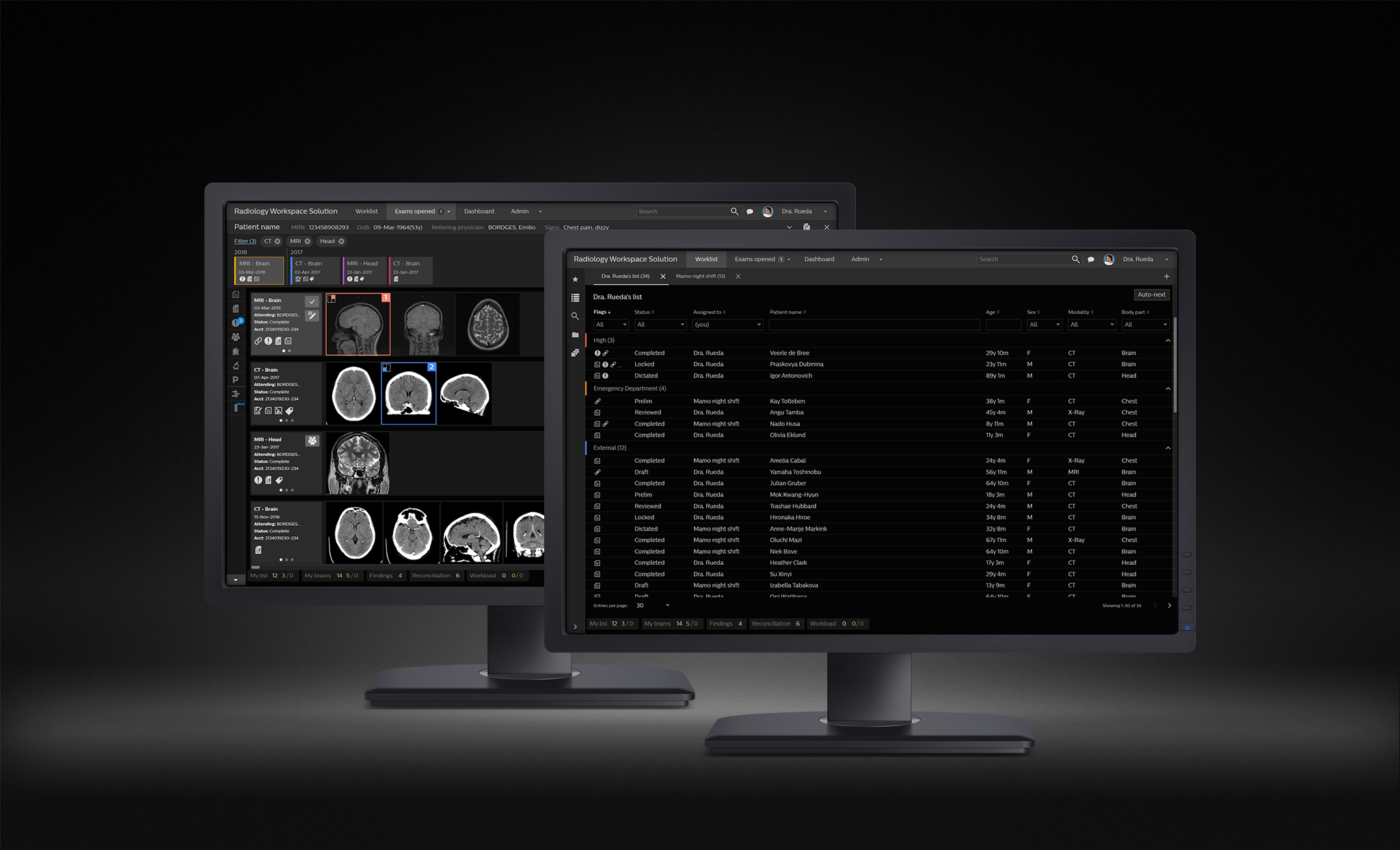
Discovery
Observed and interviewed users in several hospitals across the United States and Germany.
Challenges faced:
- Burnout risk increased among radiologists
- A growing number of patient image exams
- Radiology teams increased
- Bad integration between radiology software from different vendors
In the discovery phase, besides field research, my coworker and I went in a deep dive process to figure out all product functionalities, components, and workflows.
Jornada Paulista de Radiologia (Trade Show Visit 2018)
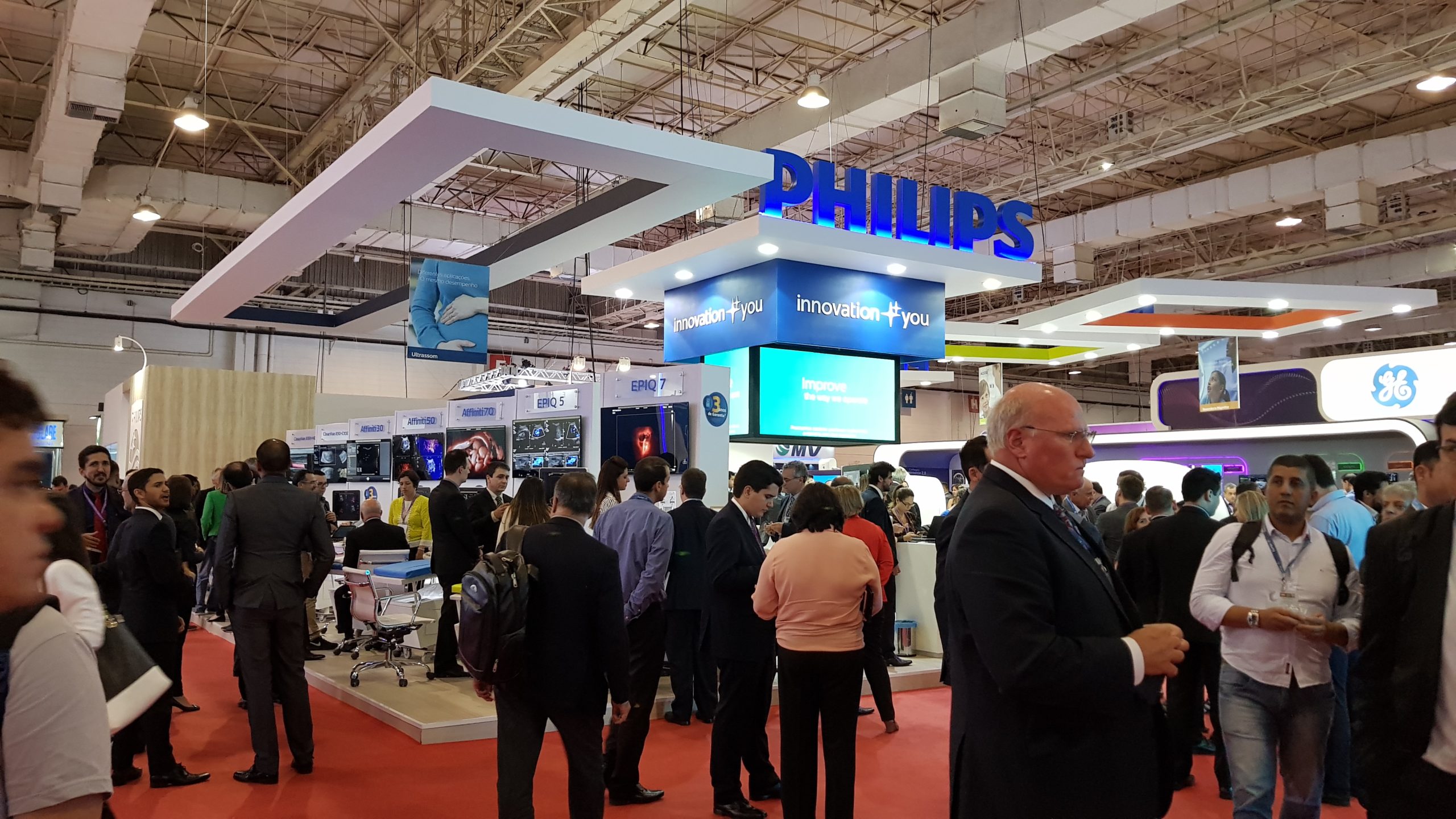
Image exam reading room
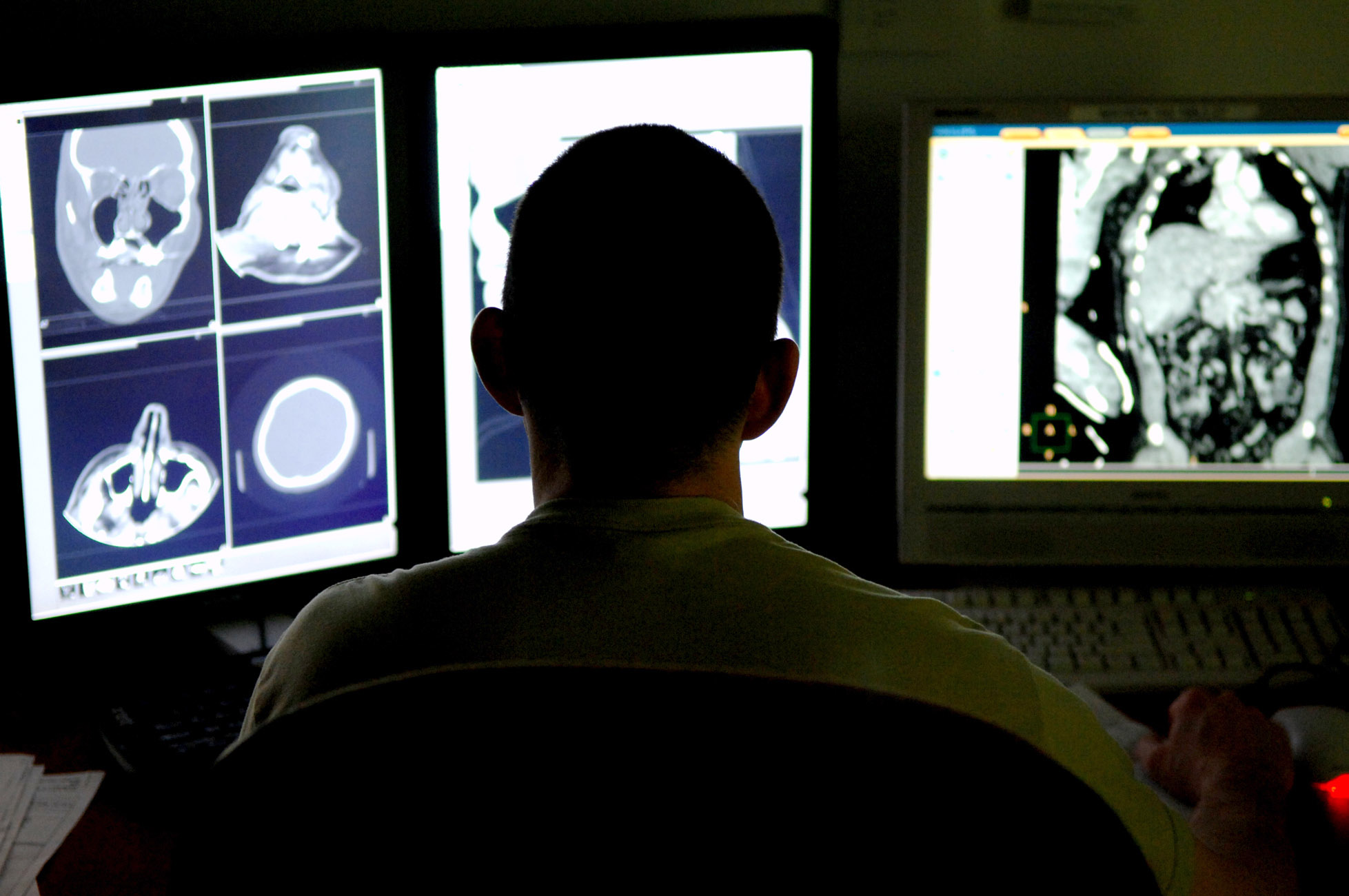
Frame
In the framing phase, we went through all product workflows and start designing current user flows for late improvements. Also, the project migration was divided into workflows and subdivided into features to better fit the development process and improve little by little the system experience.
Here we defined that the goal wasn't only to migrate RWS for a new design language but also to improve every single experience based on the field research and late internal validation sessions with Philips' medical specialists and also external customers.
Glasswall with all "admin" screens for analysis and improvements
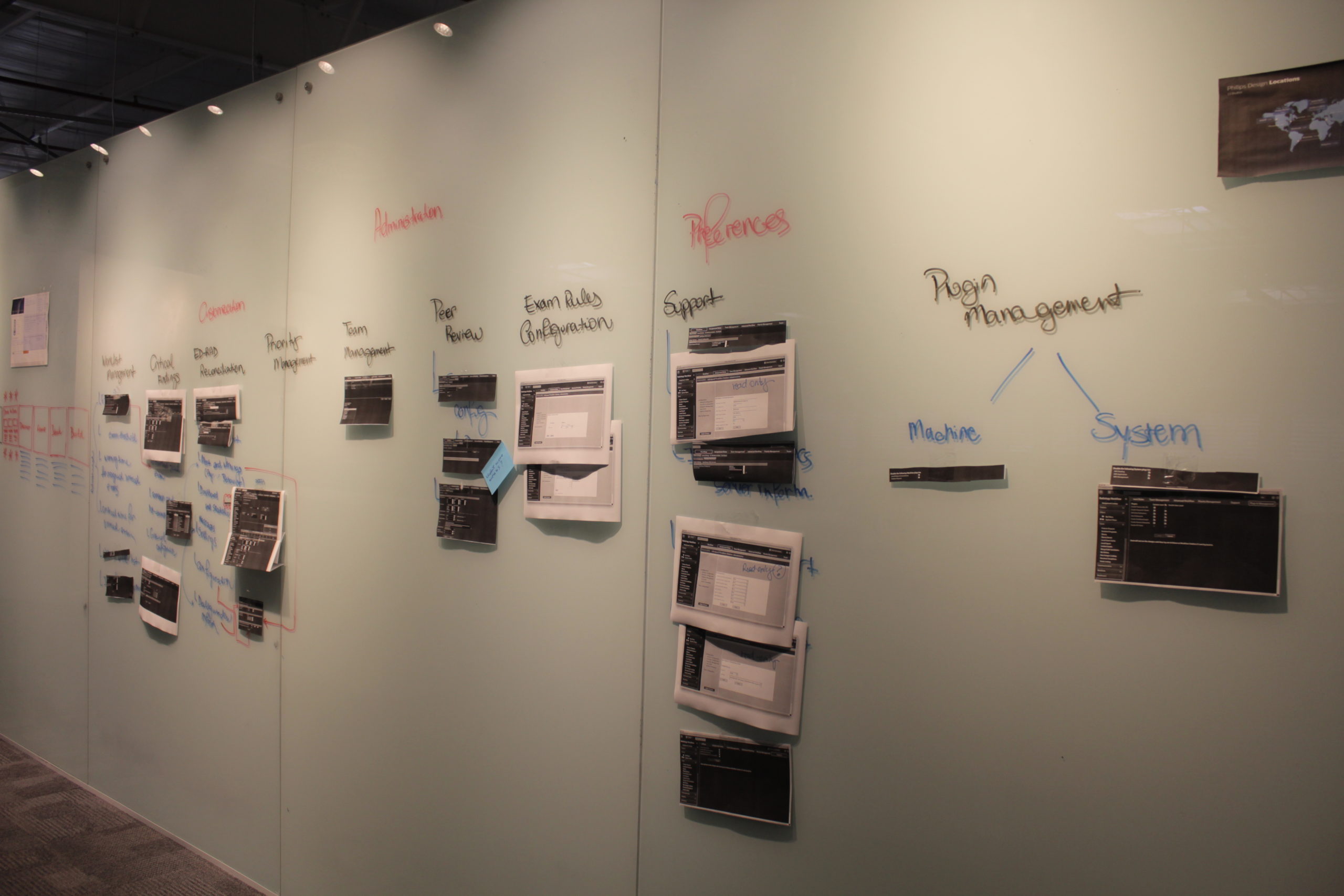
Admin "as is" user flow
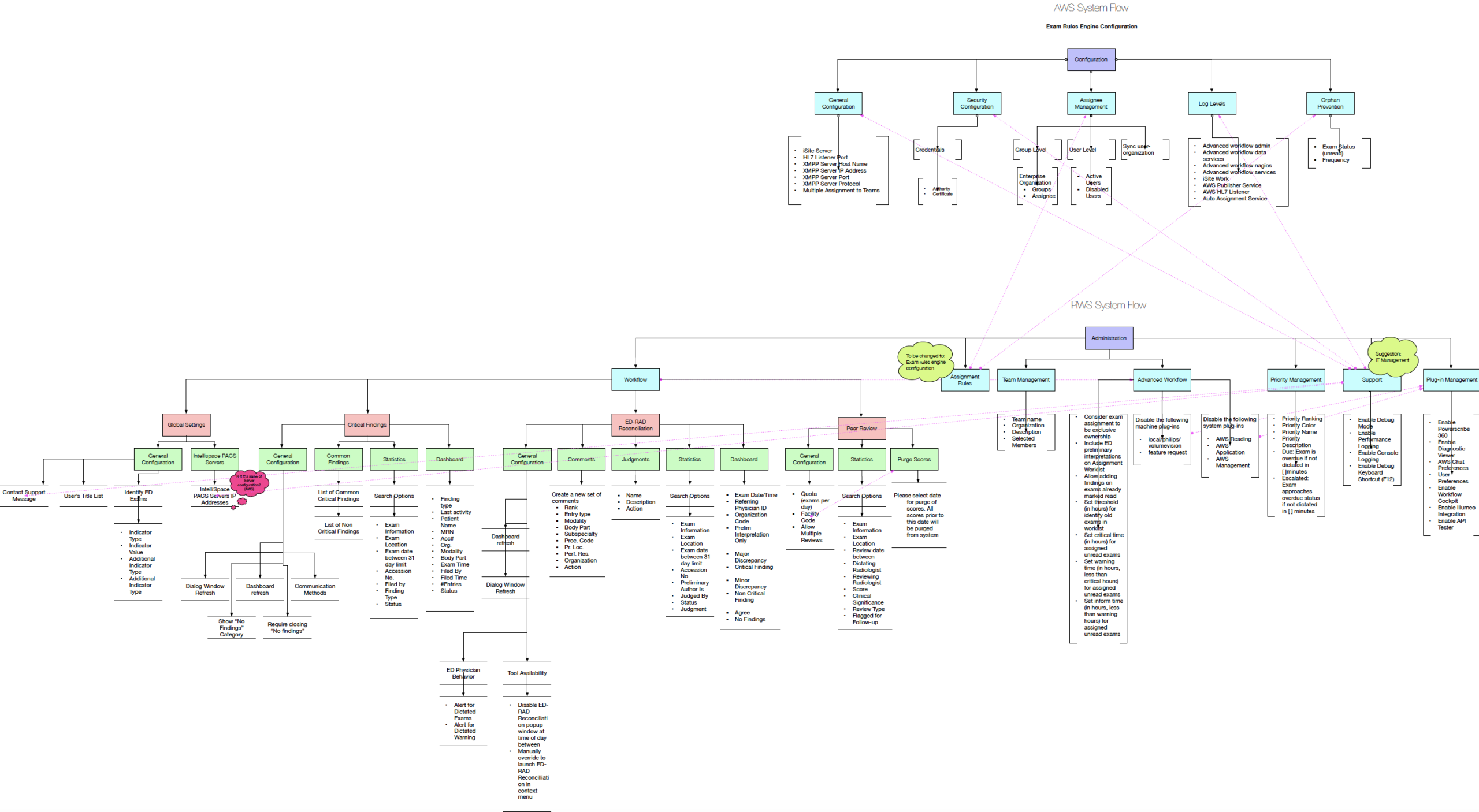
Admin improved user flow
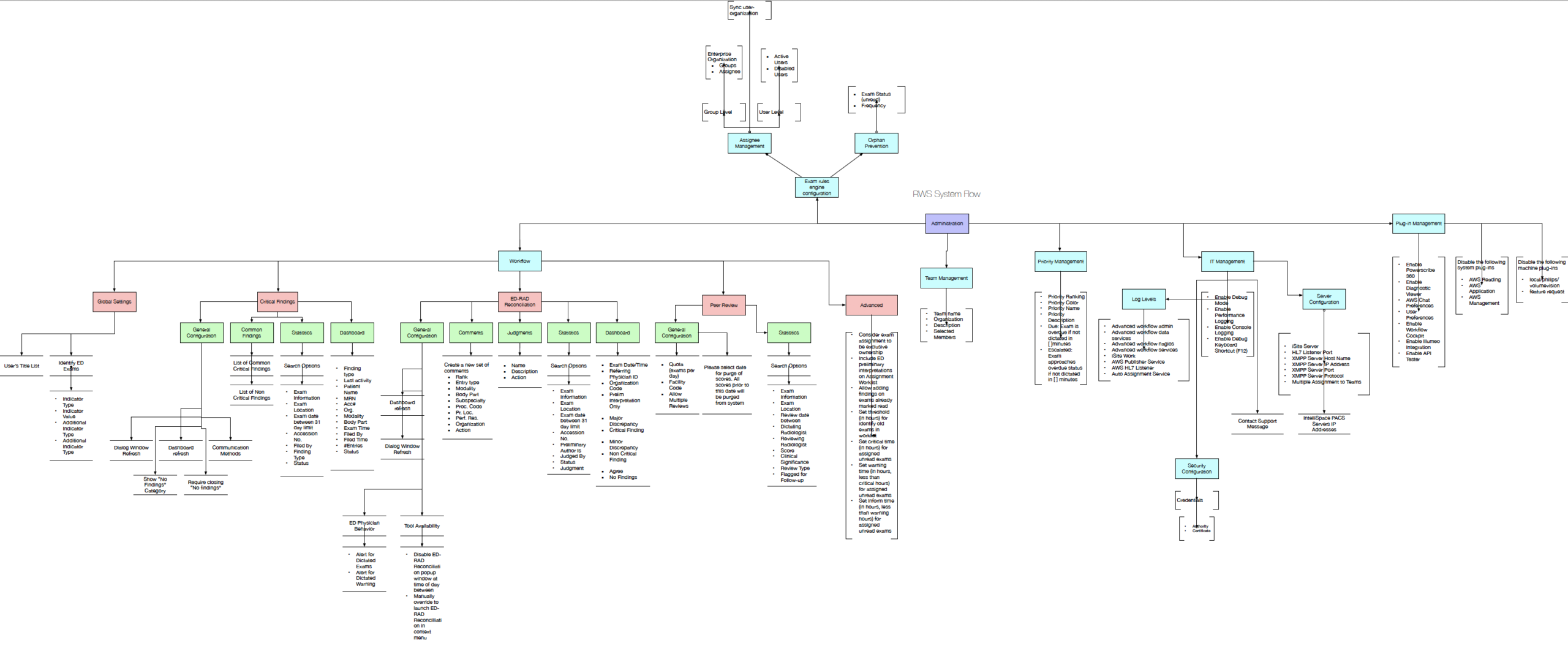
Ideate
For the prototypes, we started from the improved user flows and designed based on desk research and previous design findings from the new Philips' design language system. Low fidelity prototype was used to have the first validation with external users.
Features were presented to leadership and project owner by referencing from where the new experience and requirement was taken.
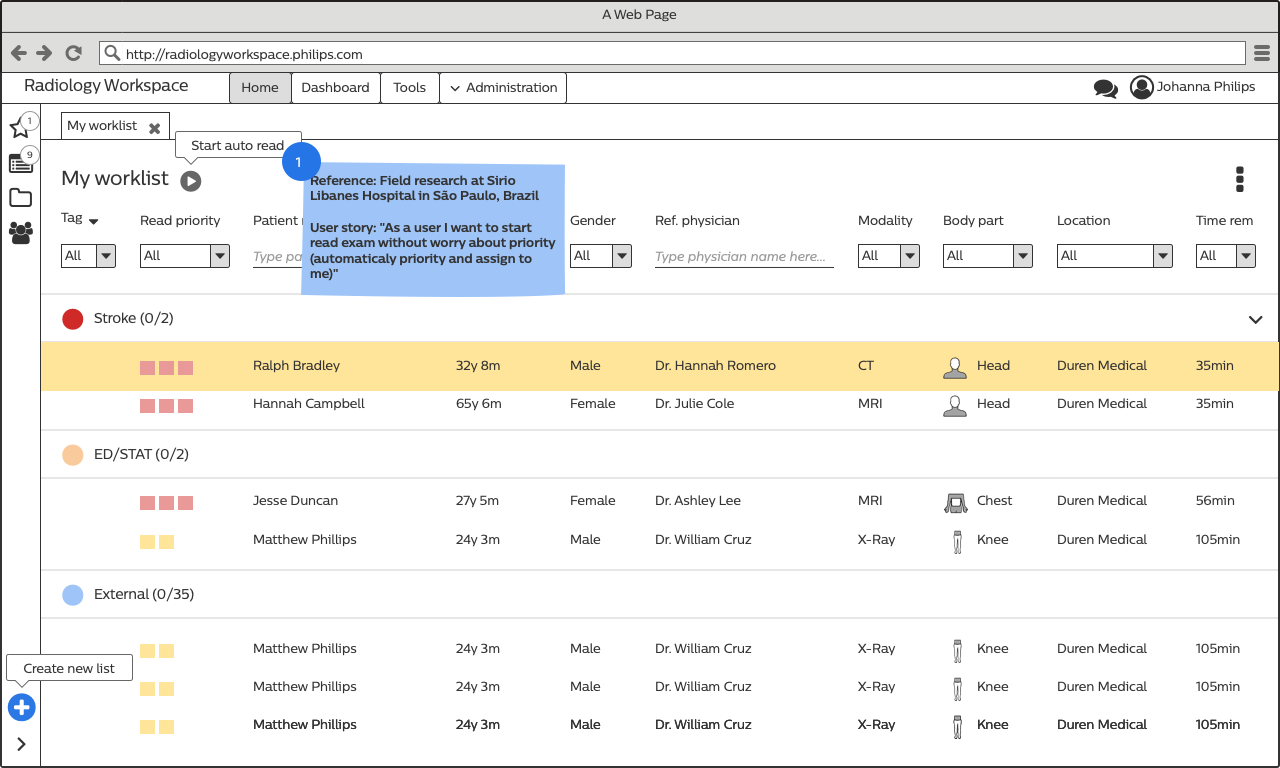
Internal Validation
Goals
- Improve usability
- Connect design with business and development
- Avoid design issues before the development phase
Sessions overall
The design team conducts remote concept validation with global Philips employees for several main features. Usually, 45 minutes long remote 1:1 sessions using Teams or Skype
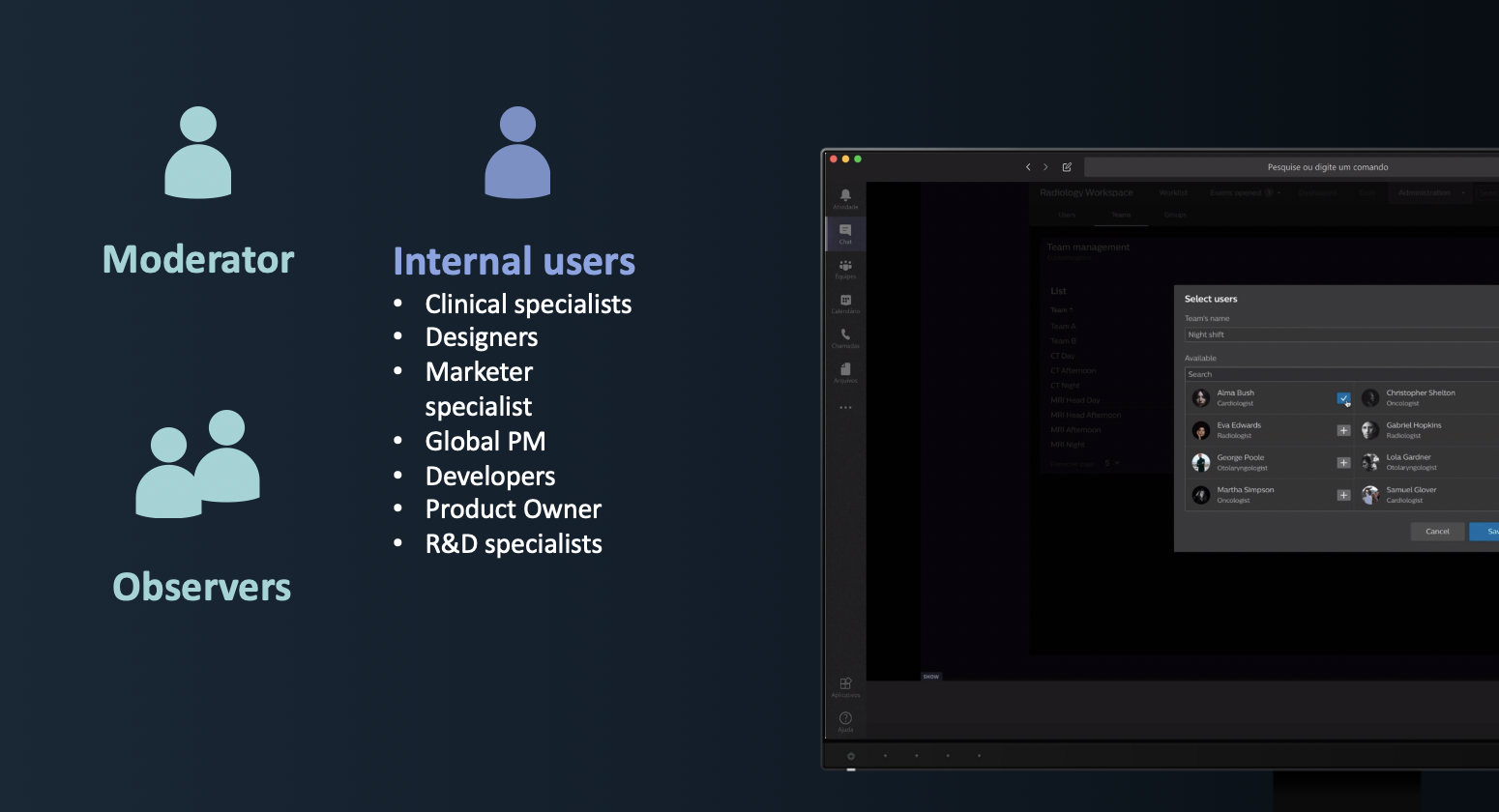
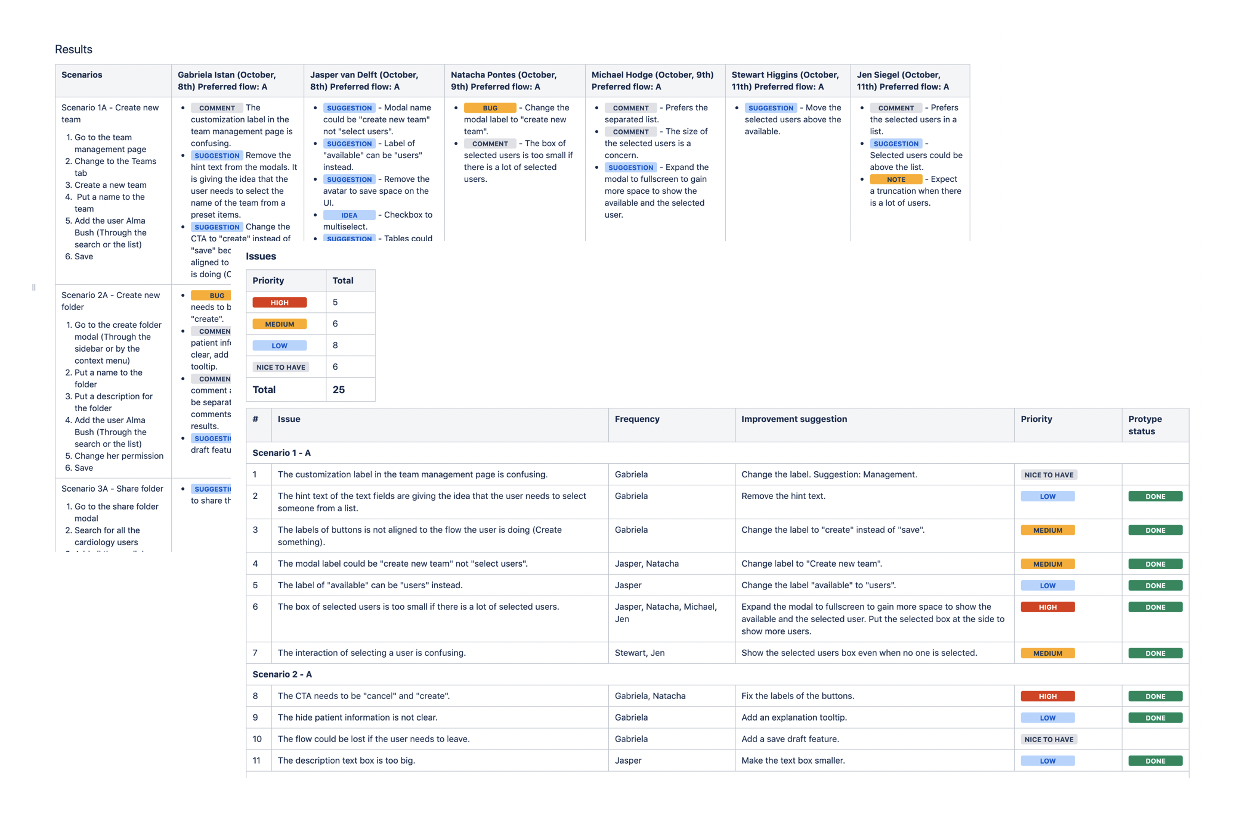
Report structure
- Use users’ comments as a base to structure issues report.
- Prioritize issues in high, medium, low, and nice to have categories.
- Refine prototypes accordingly
Validation results
Two years of the project was taken into consideration for the following data:
Before development
- 7 main features were validated internally or externally
- More than 30 sessions
- Around 170 issues found on the user interface and experience
- 40 of 170 issues were a high priority
After development
- 50+ bugs when launching
- Only 2 of 50 bugs were related to the design interface or usability
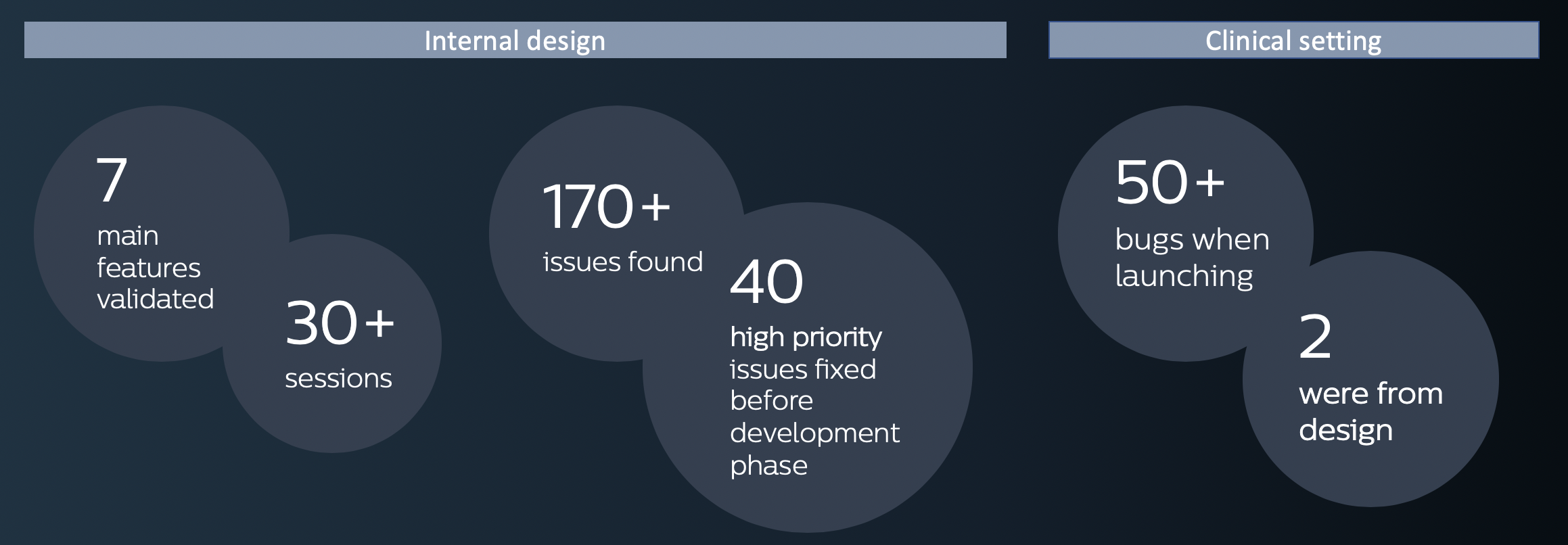
Build
- RWS is designed to reduce the steps required to view and interpret image studies;
- The customized user interface reduces cognitive load by only showing relevant data at each stage in the workflow;
- Intuitive data visualization ensures information is easily and quickly understood;
- This solution integrates previously separate functionalities into one workspace.
